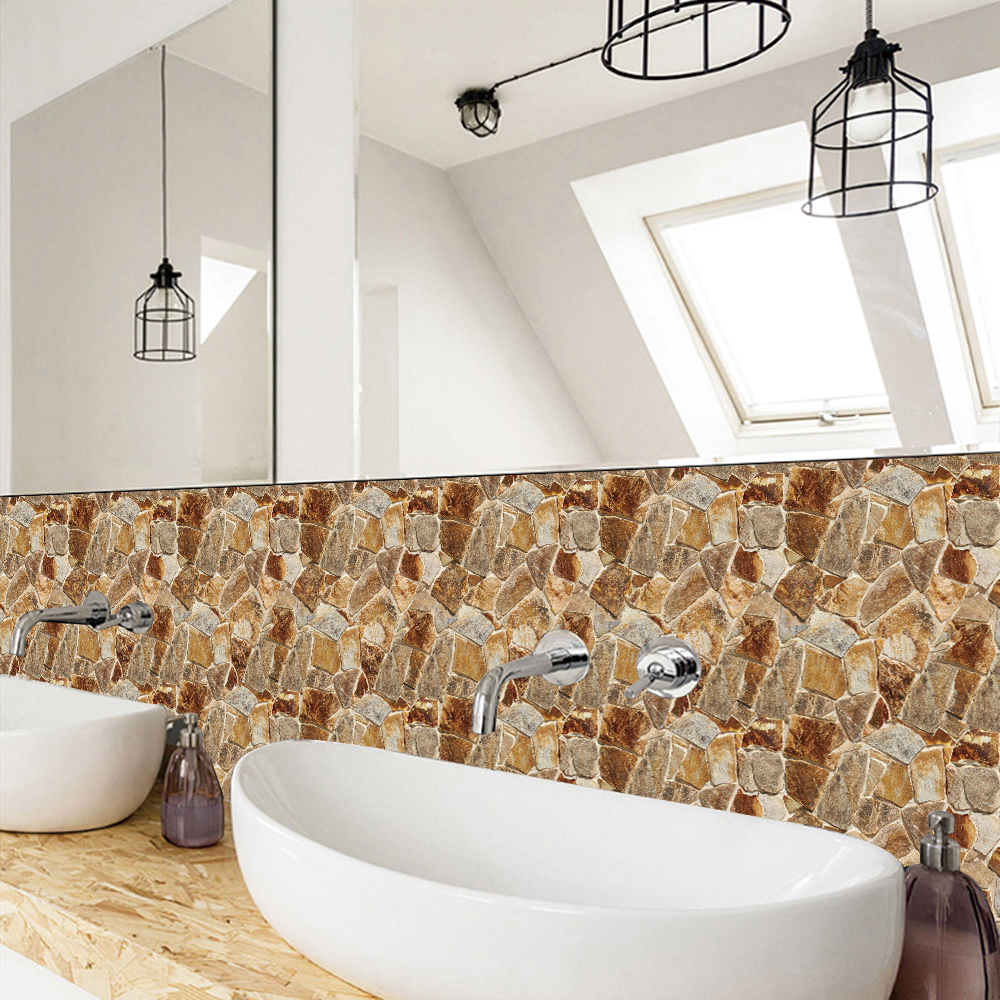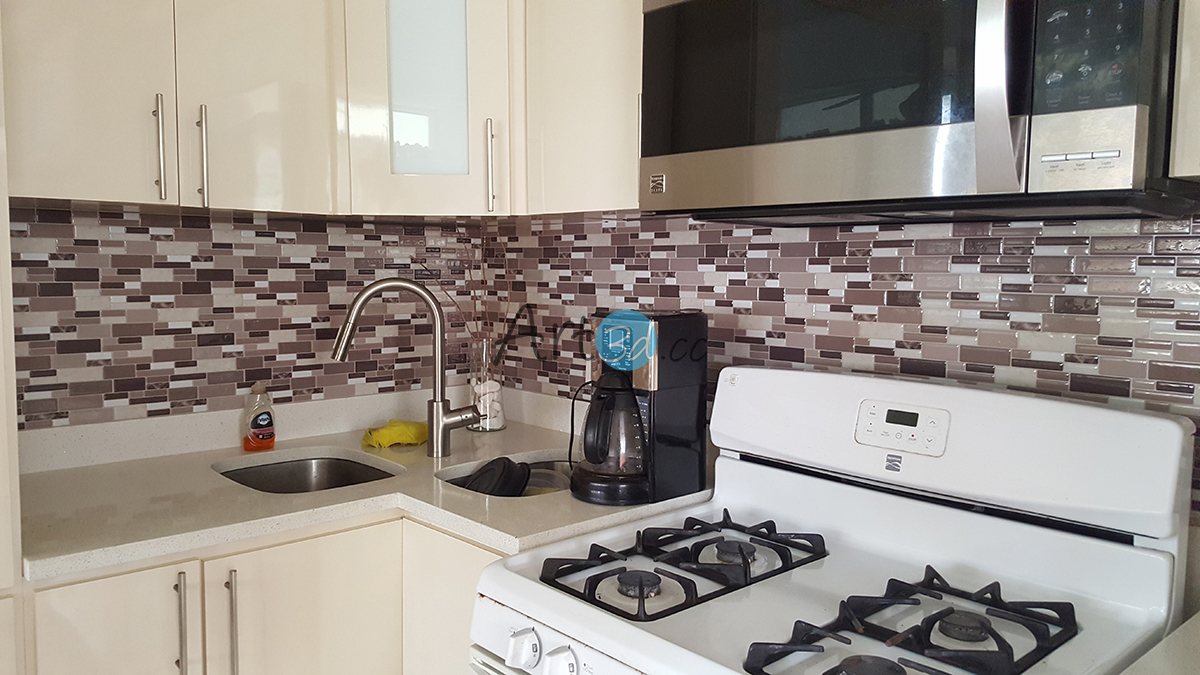

Check out our How to Install Peel and Stick Tiles guide to help you get started on your next home remodel project. Whatever style you decide on, peel and stick wall tiles are an easy way to upgrade the look and functionality of your kitchen and bathroom. If you plan to place peel and stick tile behind your oven, make sure it’s heat-resistant.They’re heavier than regular peel and stick wall tiles, so consider getting extra adhesive when installing them. While it’s uncommon, there are some peel and stick backsplashes that feature real metal, glass and ceramic material.


If you’re a novice DIYer, a peel and stick tile is ideal. There’s no need to use any of these materials with a peel and stick tile. You also need grout, which fills in the gaps between the tiles. Installing a backsplash the traditional way requires thinset, a wet mineral-based material that helps stick real ceramic, glass, metal or porcelain tile to a wall. All peel and stick wall tiles come with a paper backing that you can peel away, which reveals an adhesive that sticks directly to your wall. Here’s what you need to know about peel and stick backsplashes:Ī peel and stick backsplash is a thin, lightweight sheet typically made of foam-backed vinyl or metal-surfaced plastic. They also help spruce up your room with their fun, colorful designs. We have peel & stick mosaics size 12 x 12inch (300 x300mm), 11.25 x10inch (285 x254mm), 10 x10inch (254 x254mm), 11 x 9.25inch (280 x235mm), please calculate the quantity of peel and stick on backsplash tiles you need before purchase. Peel and stick backsplashes – also known as peel and stick wall tiles – protect your kitchen and bathroom walls from stains and water splashes.


 0 kommentar(er)
0 kommentar(er)
